 Global Warming is a serious threat to planet Earth which results in an increased average temperature of the Earth. The result of increased average temperature is very disastrous for living things on the planet. Because increased temperature drives many factors of the climate and condition of the Earth. Some of these factors are melting of glaciers, heat waves, droughts, thawing, weather, and increased sea level.
Global Warming is a serious threat to planet Earth which results in an increased average temperature of the Earth. The result of increased average temperature is very disastrous for living things on the planet. Because increased temperature drives many factors of the climate and condition of the Earth. Some of these factors are melting of glaciers, heat waves, droughts, thawing, weather, and increased sea level.
Among more than 100 effects of global warming, we have chosen the top ten most important effects that are the result of global warming.
Increase in Average Temperature of Earth
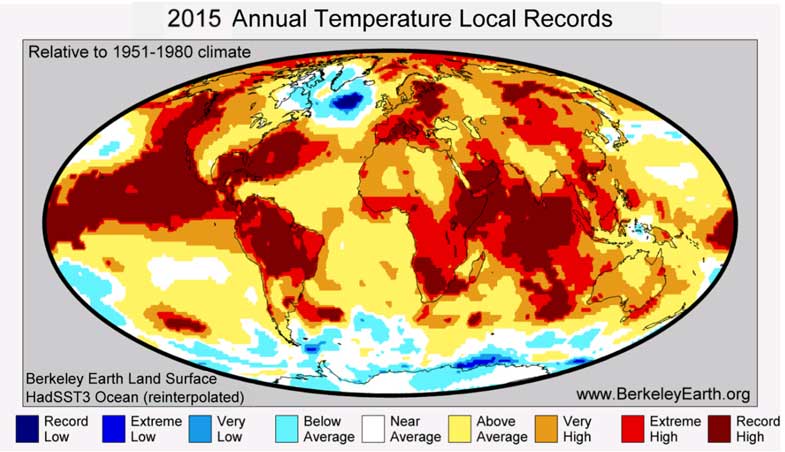 Global warming is not only increased, but it is increasing every year at an accelerating rate. Each year the global consumption of fossil fuels and deforestation is more than the previous year. As a result, the amount of greenhouse gases is increasing which raises the average temperature of the Earth.
Global warming is not only increased, but it is increasing every year at an accelerating rate. Each year the global consumption of fossil fuels and deforestation is more than the previous year. As a result, the amount of greenhouse gases is increasing which raises the average temperature of the Earth.
The increased average temperature results in the change in climate and unwanted activities such as increased droughts and heat waves.
Melting of Glaciers
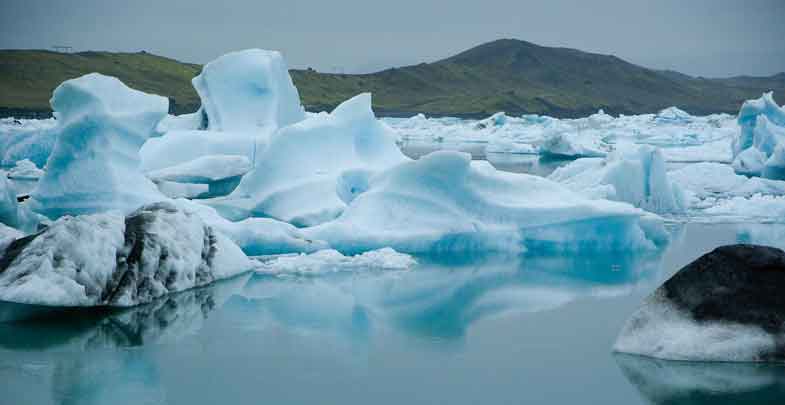 Glaciers are large bodies of ice that develops on our Earth in a few hundred thousand years. These glaciers are formed and remain intact on the regions where average temperature throughout the year is less than the freezing point.
Glaciers are large bodies of ice that develops on our Earth in a few hundred thousand years. These glaciers are formed and remain intact on the regions where average temperature throughout the year is less than the freezing point.
Global warming is increasing the average temperature of the Earth which results in the melting of glaciers more than normal. As a result, the glaciers are shrinking every year and many regions of the Earth have already lost the glaciers completely.
Thawing of Underground Permanently Frozen Soil
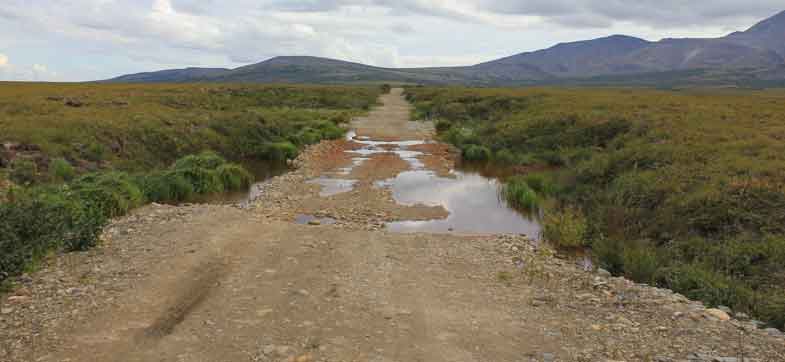 There has been a massive thaw in the permanently frozen soils on the Earth in recent years. Due to increasing average temperature, the frozen soil under the normal sandy ground surface gets melted.
There has been a massive thaw in the permanently frozen soils on the Earth in recent years. Due to increasing average temperature, the frozen soil under the normal sandy ground surface gets melted.
The thawing has been proved a very disastrous event in many regions of the Earth. Frozen lands that experience thawing undergo the shrinkage at random places which causes uneven ground, highways, houses, and occurrence of sinkholes. Furthermore, when these shrinking effects happen on mountains it causes mudslides and rockslides.
The Arctic Has Lost More Than 125 Lakes
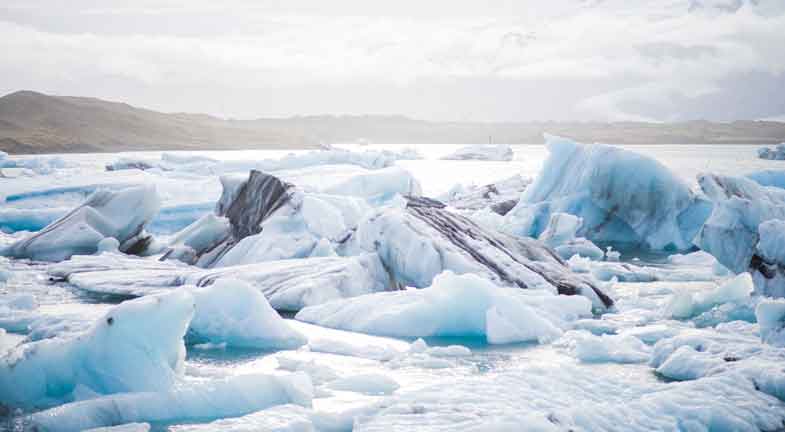 The Arctic had many smaller and larger lakes that furnished in the summer season. But the past few decades had been very disastrous for them. Recent studies show that the Arctic has lost about 125 lakes in the period of few decades. The disappearance of lakes is probably due to global warming that thawed-out the frozen soil below the lakes. As a result, the water in lakes easily seeped through surface soil.
The Arctic had many smaller and larger lakes that furnished in the summer season. But the past few decades had been very disastrous for them. Recent studies show that the Arctic has lost about 125 lakes in the period of few decades. The disappearance of lakes is probably due to global warming that thawed-out the frozen soil below the lakes. As a result, the water in lakes easily seeped through surface soil.
Arctic lakes that disappeared had ecosystem which supported many creatures. But when the lakes dried, the habitats of these lakes lost their home.
Increase in the Height of Some Mountains
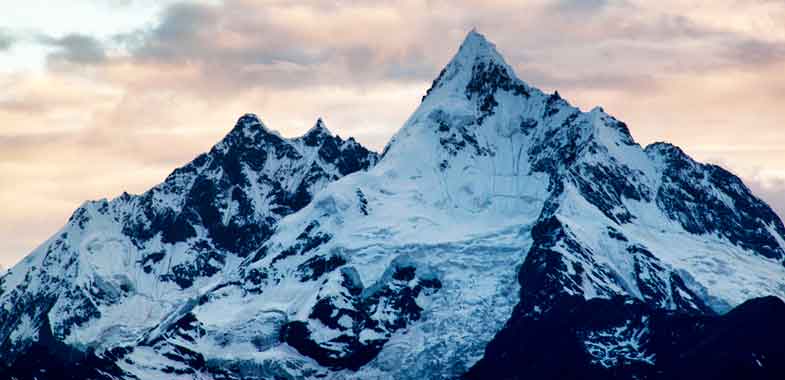 One of the amazing things that scientists have noticed due to the melting of glaciers is the increase in the height of mountains – that had glaciers on top of them. The large and heavy glaciers have been pushing the mountains downward. But due to global warming, the glaciers have been melting at a faster rate and weight on the mountains was reducing. This resulted into a reduction in the depression of mountains against the ground. Now, mountains are gradually gaining their height back.
One of the amazing things that scientists have noticed due to the melting of glaciers is the increase in the height of mountains – that had glaciers on top of them. The large and heavy glaciers have been pushing the mountains downward. But due to global warming, the glaciers have been melting at a faster rate and weight on the mountains was reducing. This resulted into a reduction in the depression of mountains against the ground. Now, mountains are gradually gaining their height back.
The gain in the height of these mountains is very small, but it is increasing at higher speed because global warming is speeding up.
Migration of Some Arctic Animal Species to Higher Altitudes
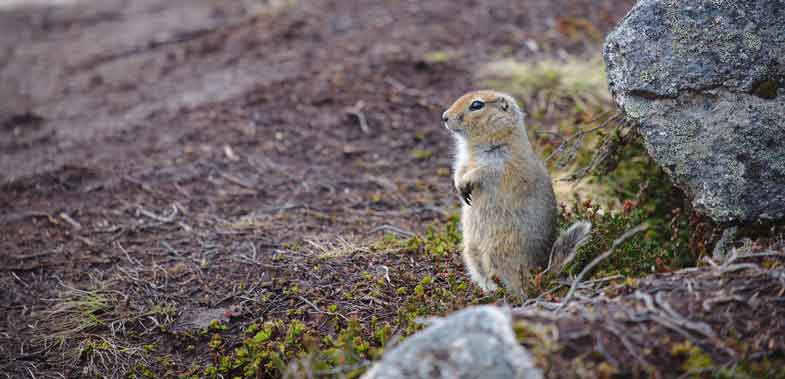 Many animal species that live in cold regions of Arctic have been migrating to higher altitudes. Researchers think that this is probably due destruction of their habitats due to melting glaciers. Some of the animals that have been spotted to live in higher altitudes than their usual lower altitude are mice, squirrels, and chipmunks.
Many animal species that live in cold regions of Arctic have been migrating to higher altitudes. Researchers think that this is probably due destruction of their habitats due to melting glaciers. Some of the animals that have been spotted to live in higher altitudes than their usual lower altitude are mice, squirrels, and chipmunks.
Migrating to higher altitudes provide them cold temperatures and a good habitat throughout the year which they once had at the ground level. Global warming has also threatened the polar bears because they dwell on sea ice which is shrinking and destroying their habitat.
The pattern of Precipitation Has Changed
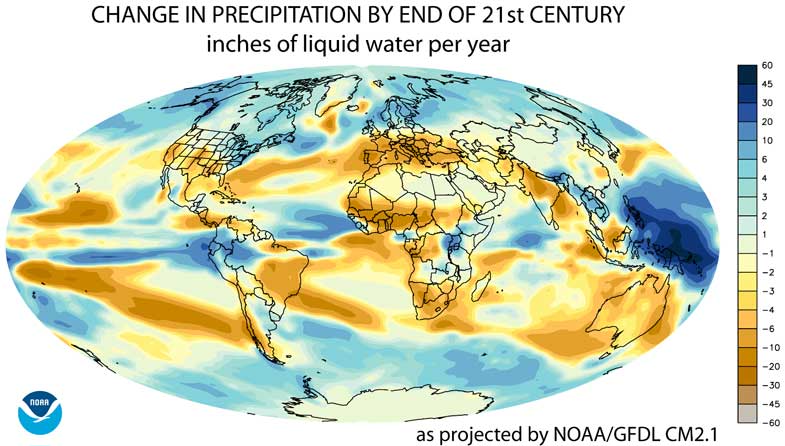 Global warming is not only affecting the temperature – as many people think – but it is also affecting the pattern of precipitation for many regions. The study on precipitation patterns suggests that the U.S has experienced an increase in the precipitation since the last century.
Global warming is not only affecting the temperature – as many people think – but it is also affecting the pattern of precipitation for many regions. The study on precipitation patterns suggests that the U.S has experienced an increase in the precipitation since the last century.
Some areas have higher precipitation than the national average, while some areas have lesser precipitation. Northern US is expected to have a gradual increase in precipitation, whereas southwest will have less precipitation. But the interesting part is that the trend of heavy precipitation is increasing for the whole US – even for the southwest which is forecasted to have less precipitation.
Increase in Heat Waves and Droughts
 Heatwave is unusual and abnormally hot weather that can last for few days or weeks, and drought is abnormal dry weather that causes a shortage of water.
Heatwave is unusual and abnormally hot weather that can last for few days or weeks, and drought is abnormal dry weather that causes a shortage of water.
Heat waves and droughts, both are natural disasters that cause many problems to humans as well as plants and animals. These disasters were not that common as they are now; previously the heat wave that occurred in 20 years is now happening in every 2 years. The water scarcity poses another big problem because droughts have become more frequent. Global warming is intensifying them and making them more frequent than usual.
Increase in the Intensity of Hurricanes
 Since 1980, the hurricanes are becoming more powerful and they are occurring more frequently than before. There are many causes behind this strange phenomenon, but global warming is one of them. Also, the duration of category 4 and 5 (strongest) hurricanes has also increased which makes them more destructive. The increase in the intensity of hurricanes has not stopped, but it is increasing with the increase in global warming.
Since 1980, the hurricanes are becoming more powerful and they are occurring more frequently than before. There are many causes behind this strange phenomenon, but global warming is one of them. Also, the duration of category 4 and 5 (strongest) hurricanes has also increased which makes them more destructive. The increase in the intensity of hurricanes has not stopped, but it is increasing with the increase in global warming.
Sea Level May Rise 3-4 Feet by the Year 2100
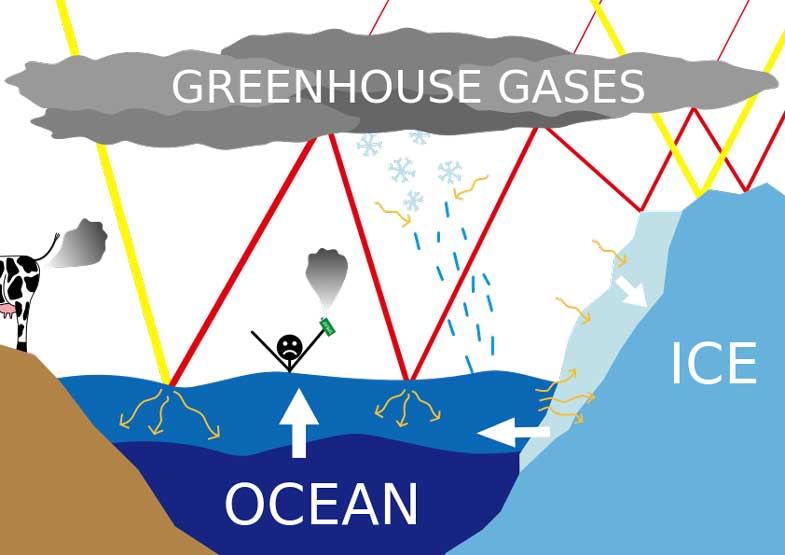 Melting glaciers are adding water in oceans which increases their level. Our sea level has already risen 8 inches since 1880, and it still continues to rise. Increasing global warming is accelerating the rise of sea level. By forecasting the global warming up-to year 2100, it is found that sea level will rise 3 to 4 feet – about 1 meter.
Melting glaciers are adding water in oceans which increases their level. Our sea level has already risen 8 inches since 1880, and it still continues to rise. Increasing global warming is accelerating the rise of sea level. By forecasting the global warming up-to year 2100, it is found that sea level will rise 3 to 4 feet – about 1 meter.
3 or 4 feet may not look more to you, but when the sea level rise effect combines with storms and high tides the destructing power and area under the threat of flooding increase significantly.






